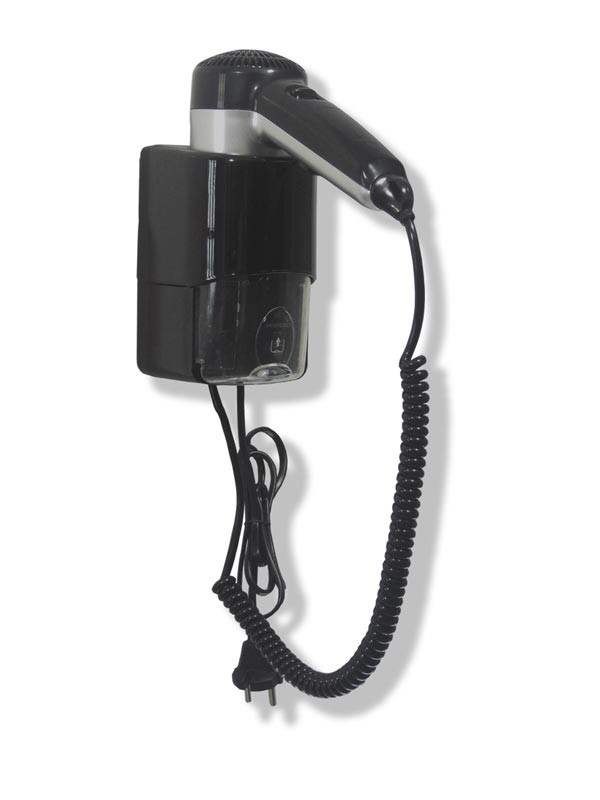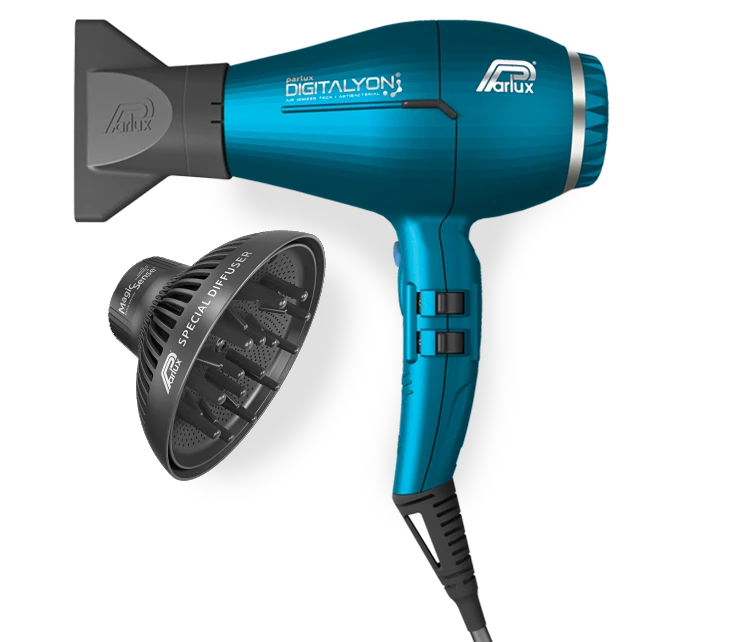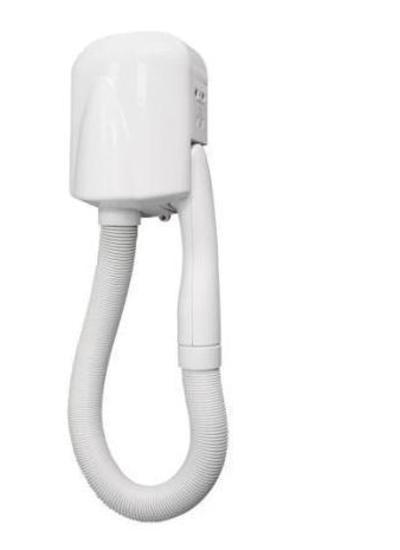
Ymhi Asciugacapelli Elettrico 4000W con Sistema di Protezione Contro Il Surriscaldamento, Nuovo Design, Asciugacapelli, Senza Phon per Capelli : Amazon.it: Bellezza

Asciugacapelli\Phon Elettrico MDC Abs Nero supporto da parete con attacco dall'alto e con presa rasoio incorporata Modello SC0030CS

INLAW - Mini Asciugacapelli Professionale Per Il Phon Elettrico Del Salone Asciugacapelli Caldo / freddo Dell'anione Del Vento - ePRICE

Asciugacapelli Phon Elettrico Professionale Ad Alta Potenza 2200W 2 Ugelli V-413 - MaxTech - Casa e Cucina | IBS






![Asciugacapelli phon elettrico 2000W bianco con regolazione aria - [2197580] Asciugacapelli phon elettrico 2000W bianco con regolazione aria - [2197580]](https://www.massalistore.it/7597-large_default/2197580-asciugacapelli-phon-elettrico-2000w-bianco-con-regolazione-aria.jpg)
















